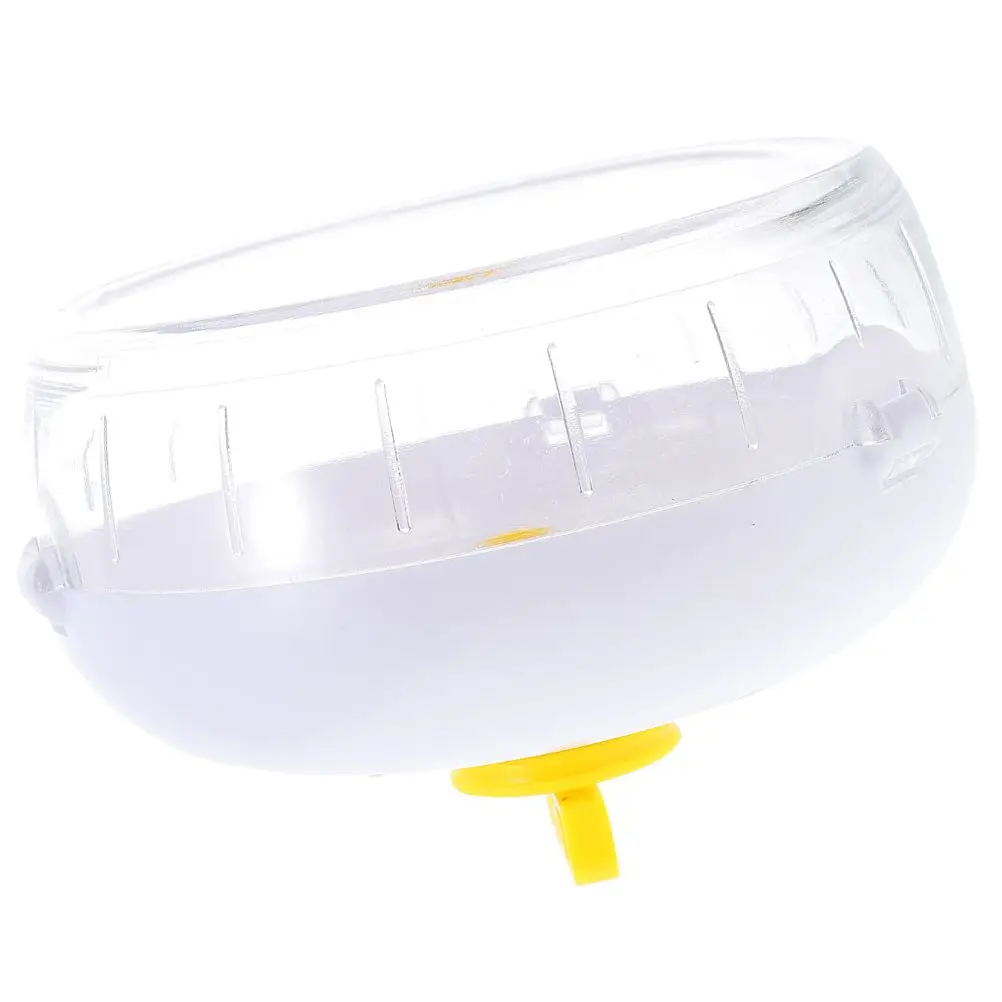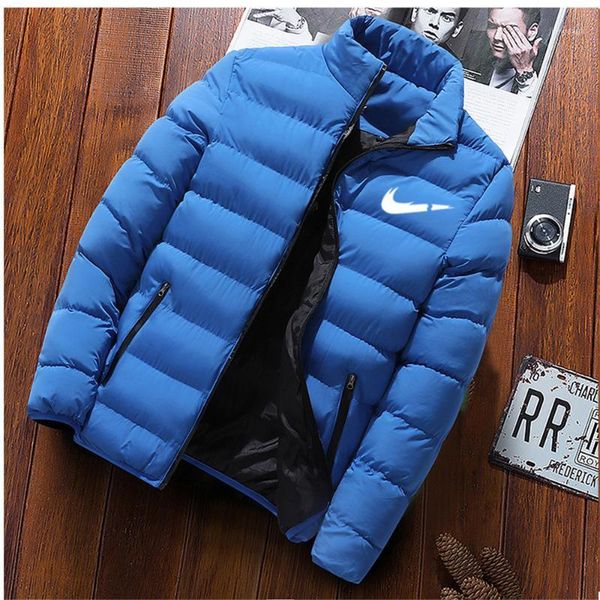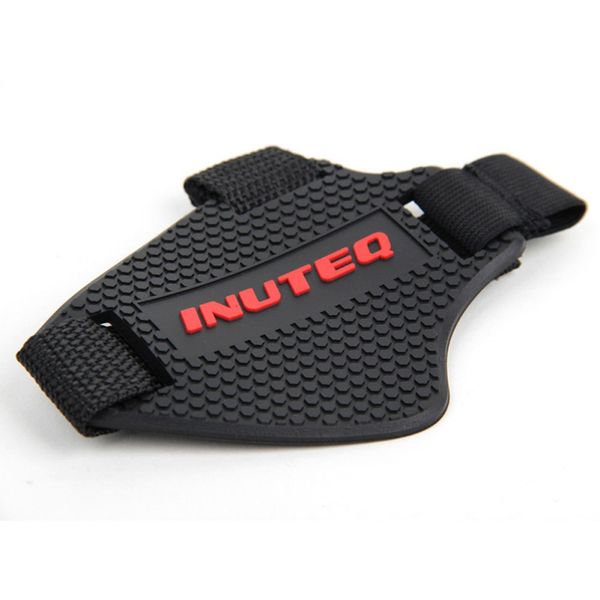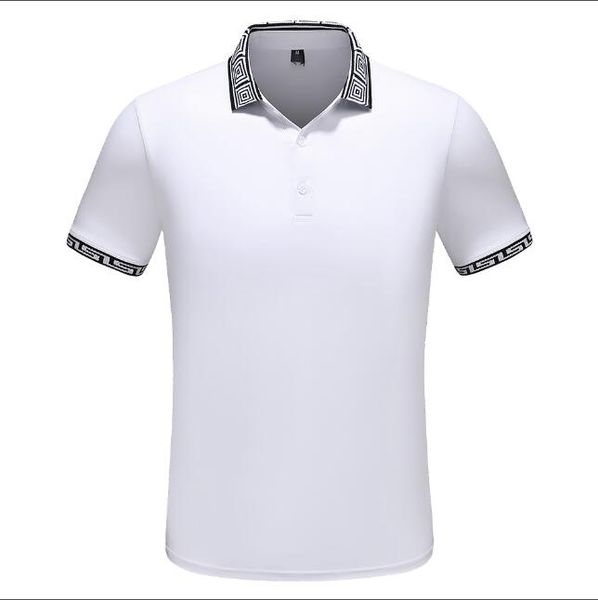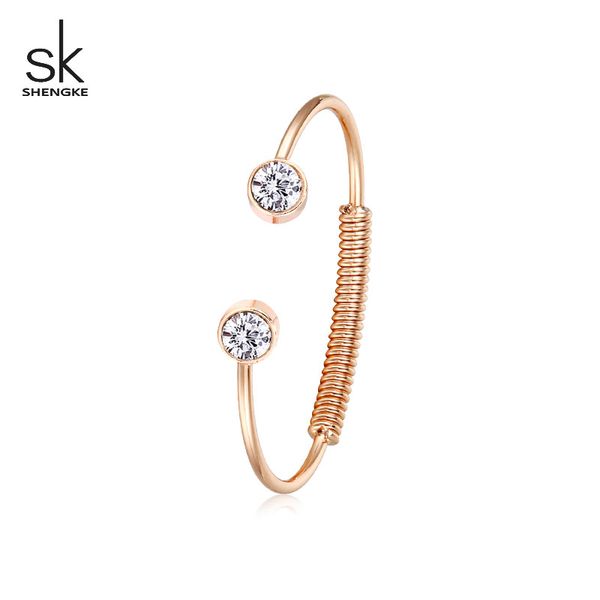Nikon NIKKOR Z DX 16-50mm f/3.5-6.3 VR Lens

The absolute smallest NIKKOR Z lens-the smallest DX format lens ever, in fact-the NIKKOR Z DX 16-50mm f/3.5-6.3 VR covers the sweet spot of the zoom range, letting you capture street scenes and landscapes as easily as portraits and close-ups. It has powerful Vibration Reduction (VR) image stabilization to keep your videos steady and your photos sharp. It focuses quickly and silently and surpresses focus breathing-ideal for recording videos and high-speed action. And when not in use, it retracts into itself for a compact profile and added protection.NIKKOR Image QualityCapture vibrant street scenes, landscapes, portraits, selfies, low light, action, how-to videos and more. This little powerhouse can do so much.Small and MightyDelivers big imaging power and durability in an ultra-compact package. When used on the Z 50, you've got Nikon's smallest DX interchangeable lens camera configuration ever.Rock SteadyBuilt-in VR image stabilization keeps you sharp and steady, even when handheld. It also lets you shoot stills at slower shutter speeds (up to 4.5 stops)-a huge advantage in low-light situations.Wide or Vertical 4K VideosThe NIKKOR Z DX 16-50mm f/3.5-6.3 VR's zoom range is ideal for everything from interviews and how-to videos to close-ups and establishing shots. Like high-end cinema lenses, it's designed to suppress focus breathing-a common occurrence with smartphones, that makes videos look amateurish. Plus, its AF motor, focusing ring and control ring are virtually silent, so the camera's built-in mic won't pick up noise from the lens during recording.Precision AutofocusThe NIKKOR Z DX 16-50mm f/3.5-6.3 VR uses a blazing fast, nearly silent stepping motor for autofocusing, and it performs brilliantly with Z series' Eye AF to keep focus right where you want it.High ContrastAn Extra-low Dispersion (ED) glass lens element reduces color defects and glare for sharper, clearer images with outstanding contrast.Customized ControlAssign your favorite function to the control ring-aperture control (great for iris transitions during video recording), ISO adjustments, exposure compensation or manual focus.NIKKOR Z: The front line of an imaging revolution.Designed and optimized to take full advantage of the Z system's larger mount, Z lenses like the NIKKOR Z DX 16-50mm f/3.5-6.3 VR gather substantially more light, providing even illumination and improved sharpness from the center of the frame to the far edges. Autofocusing is fast and quiet. Video recording is clean and smooth with highly minimized focus breathing and reduced wobbling. Intuitive on-lens controls can be customized to your individual shooting style and so much more. Z lenses are designed with a sense of consistency that combines reliability and beauty with next-dimension optical performance for complete freedom in image creation.TechnologyStepping MotorNIKKOR Z lenses use a stepping motor for fast, accurate, smooth, quiet autofocus with reduced wobbling. This quiet drive system makes the lenses ideal for use when shooting video.Electromagnetic Diaphragm MechanismAn electromagnetic diaphragm mechanism in the lens barrel provides highly accurate electronic diaphragm or aperture blade control when using auto exposure during continuous shooting. With conventional D/G type lenses, the diaphragm blades are operated by mechanical linkage levers.ED (Extra-Low Dispersion) GlassAn optical glass developed by Nikon that is used with normal optical glass in telephoto lenses to obtain optimum correction of chromatic aberrations.IF LensA NIKKOR lens in which only the internal lens group shifts during focusing. Thus, IF NIKKORS do not change in size during AF operation, allowing for compact, lightweight lenses capable of closer focusing distances. These lenses will be designated with the abbreviation IF on the lens barrel.Aspherical LensA lens with a curved, non-spherical surface. Used to reduce aberrations and enable a more compact lens size. Aspherical lenses minimize coma and other types of lens aberrations, even when used at the widest aperture. They are particularly useful in correcting distortion in wide-angle lenses and help contribute to a lighter, more compact design by reducing the number of standard (spherical) elements necessary. Aspherical lens elements correct these distortions by continuously changing the refractive index from the center of the lens.Super Integrated CoatingNikon Super Integrated Coating is Nikon's term for its multilayer coating of the optical elements in NIKKOR lenses.Vibration ReductionA Nikon in-lens technology that improves image stability by automatically compensating for camera shake. Lenses that offer VR will feature the abbreviation VR on the lens barrel.
Пользователи также просматривали


